
A residency for photographers in Bolivia
We are Warmi Photo, the first collective of female photographers in Bolivia. Now we are in different parts of the country, some of us have migrated to other countries. The collective was born from the need to generate more equitable spaces, from new, more diverse narratives, where we can show and make visible our work as women photographers and generate networks in Latin America.
Beyond carrying out individual and collective photographic works, we generate training spaces, such as the first photographic and narrative residency on gender, identity, and territory. It was in 2019, face-to-face and only for women: 22 photographers from 5 Latin American countries who arrived in Bolivia. This year, due to the pandemic, we made it virtual, that’s why photographers who reside in London, Spain, Canada, Mexico, Peru, Colombia, Argentina, Chile, Brazil joined.
This year, the particularity of the residences was that we wanted to pay homage to the social outbursts that occurred in Latin America. That is why it was called ‘Existimos estallidos’. We made it a little more inclusive, from the perspective of historically segregated communities, such as the LGBT.
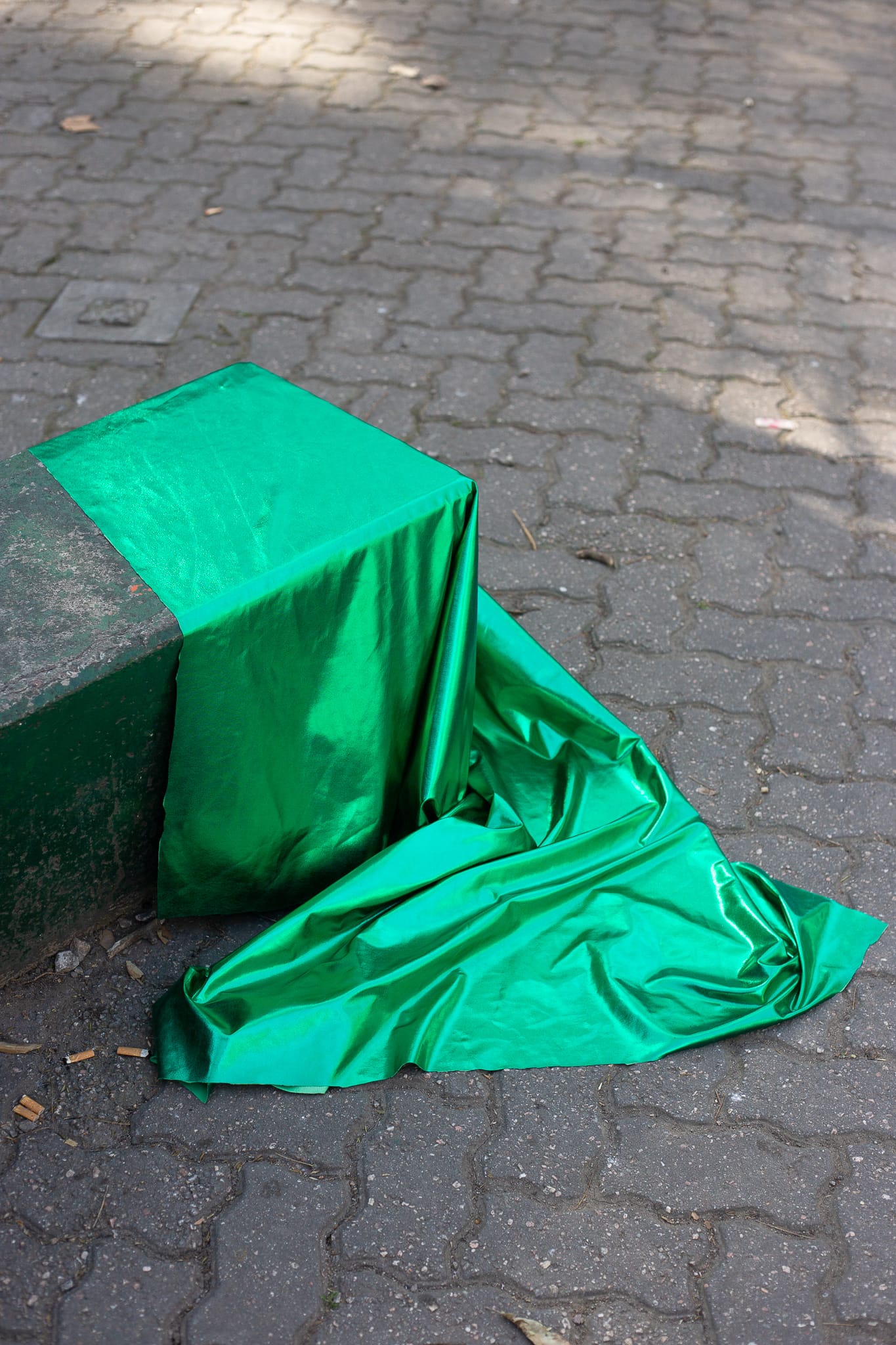
Many of the women carried out their urban interventions with their work and many spoke from personal issues, but also very global ones, such as climate change, drought, the role of women in political spaces. Some also spoke of resilience, the search for hope, what is expected of us. Others also spoke on more current issues.
Part of the proposal of the residences is also to generate ties, contact networks. One of the issues that Latin American photographs intersect with is that there are no spaces to publish their work. The spaces are already full, generally with an agenda that is not so diverse or does not allow new narratives. We have looked for spaces to be able to give to the fellows. Many are afraid to show their work, but it is also about breaking that glass ceiling. That is why we present some of the projects:
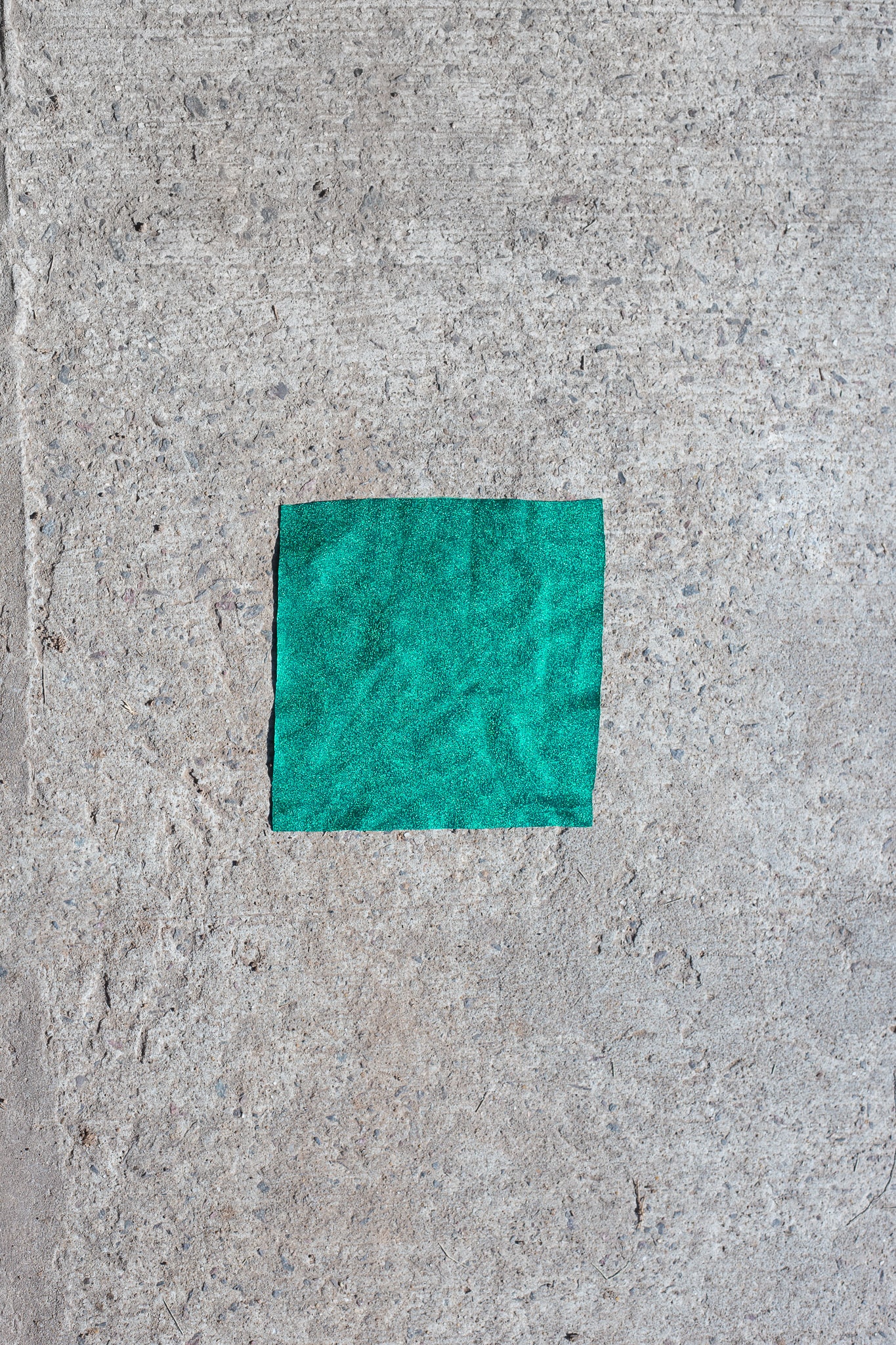
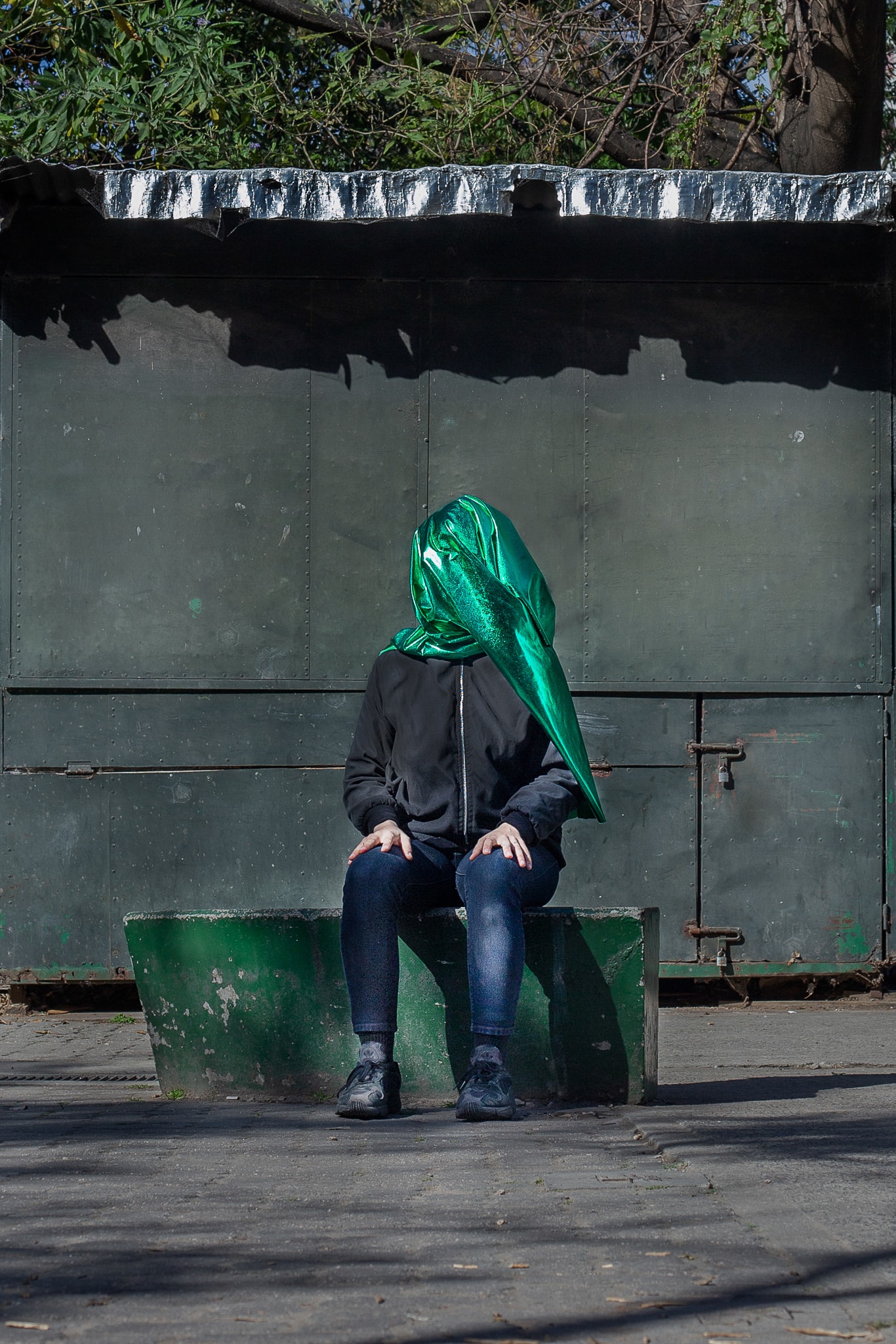
Josefina González – Almagro, Buenos Aires, Argentina
She was born in 1992 in Buenos Aires. She studied photography at the Argentine School of Photography and the Association of Graphic Reporters of the Argentine Republic. She participated in the Valparaíso Photography Festival in 2015 and several group exhibitions in Buenos Aires. Although her work experience was always linked to press photography, her production was mutating towards a much more introspective construction. Photography is her tool to try to understand herself.
“The confinement as a result of the COVID-19 pandemic gave value to green spaces within large cities. In addition to being a relatively safe meeting place, they have a positive impact on mental health. People who live in areas with green spaces are less likely to have anxiety or depression, deeply aggravated disorders resulting from isolation.
In the commune where I live, there is an average of 20 cm2 of green space per person, including flowerpots, flower beds and sidewalks in this number. It is one of the lowest figures in Latin America. This data is not innocent: in recent years the government of the city of Buenos Aires detached itself from 24 properties and public buildings. None were destined for a green space and the vast majority went to large real estate developments.
I tried to portray the green spaces with what I live in, natural or artificial; the small edges of resistance that grow from behind and the shelters that I build myself to deal with anxiety, even surrounded by concrete “
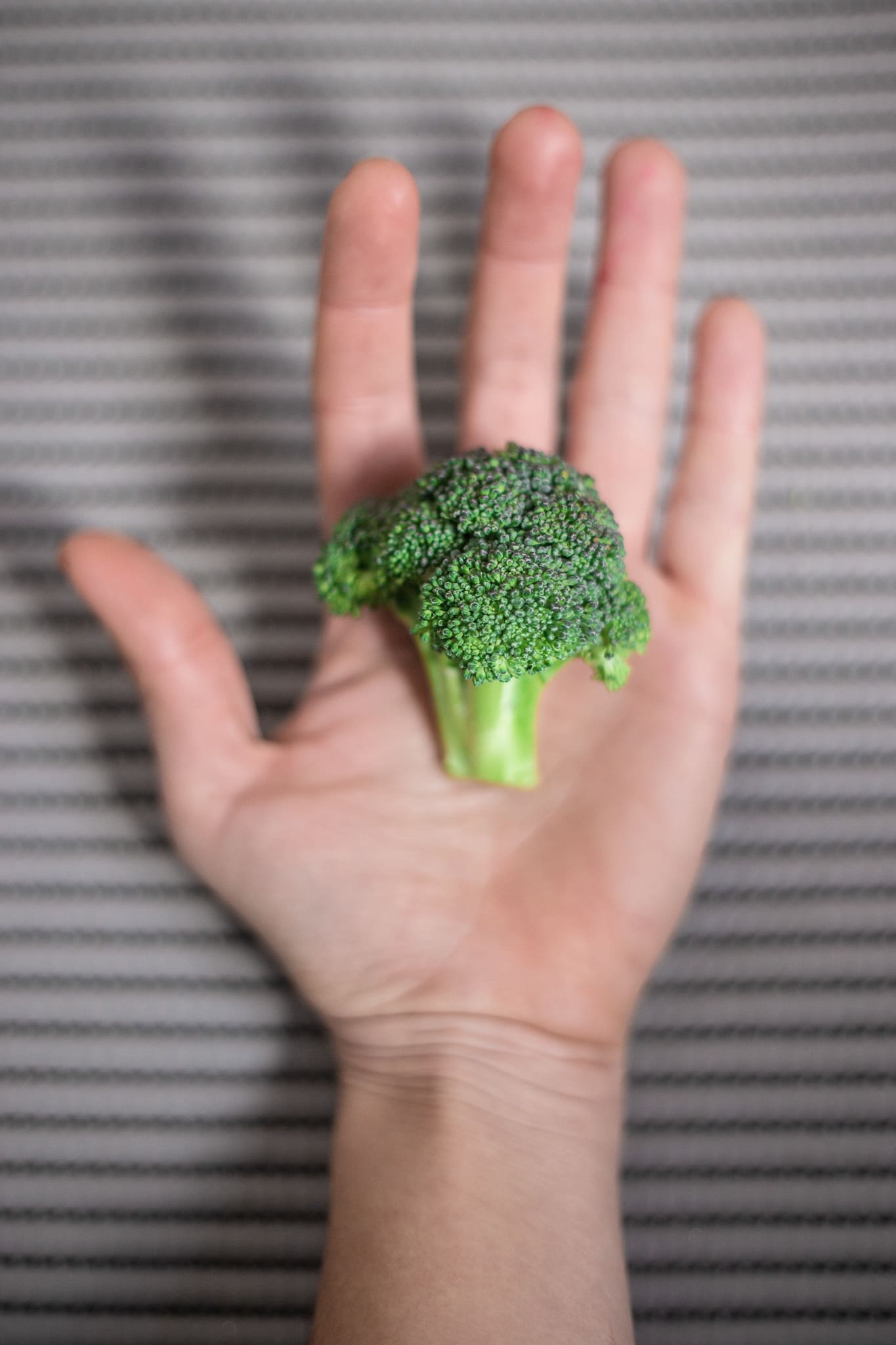
Aurea Itandehui Del Rosario Ramírez – Mexico City, Mexico
She studied Communication and Journalism career. She has taken various courses in photojournalism, documentary, and cinematography; Throughout her career, she focused on photojournalism where she began in independent media, at the same time, she got a taste for audiovisuals to tell and make stories. She has the opportunity to collaborate with an independent all-female production company. And she currently collaborates for the newspaper El País in Mexico as a photojournalist.



“This series of photographs not only wants to reinterpret feelings but also to denote that both women and bodies of water are drawn physically and emotionally by others. Its use benefits someone, however, the river that is born and begins in this circumstance is up, in the mountains, runs through green landscapes to end in a channel of black water, where the human environment has left it dry. In this way, our feelings are often similar, we can be up emotionally. and impetuously we sink, even so, we try to float and flow, not stagnate.
Those who have been portrayed in these images are women who resist in their surroundings. In their daily lives, they maintain a force within a violent country. The force of the river reflected in the Magdalena Contreras has also been portrayed; one of the last channels that live in Mexico City.”

May González – Cuenca, Ecuador
Graduated in Communication and Journalism, Ecuador, 2020. Photography, Gymnasium of Art and Culture, Mexico, 2020. Portfolio participation: V Ecuador Ethnographic Film Festival in the Self-Representation category, Latam Photographers in the Biographical Mediation category. Exhibitions: AULA (2020), Encounter Fotografía+ intervención + cuerpo, Univalle (2020), Too Tired for 2020 (2020). Publications: Photocrew Memoria Histórica, 2019.
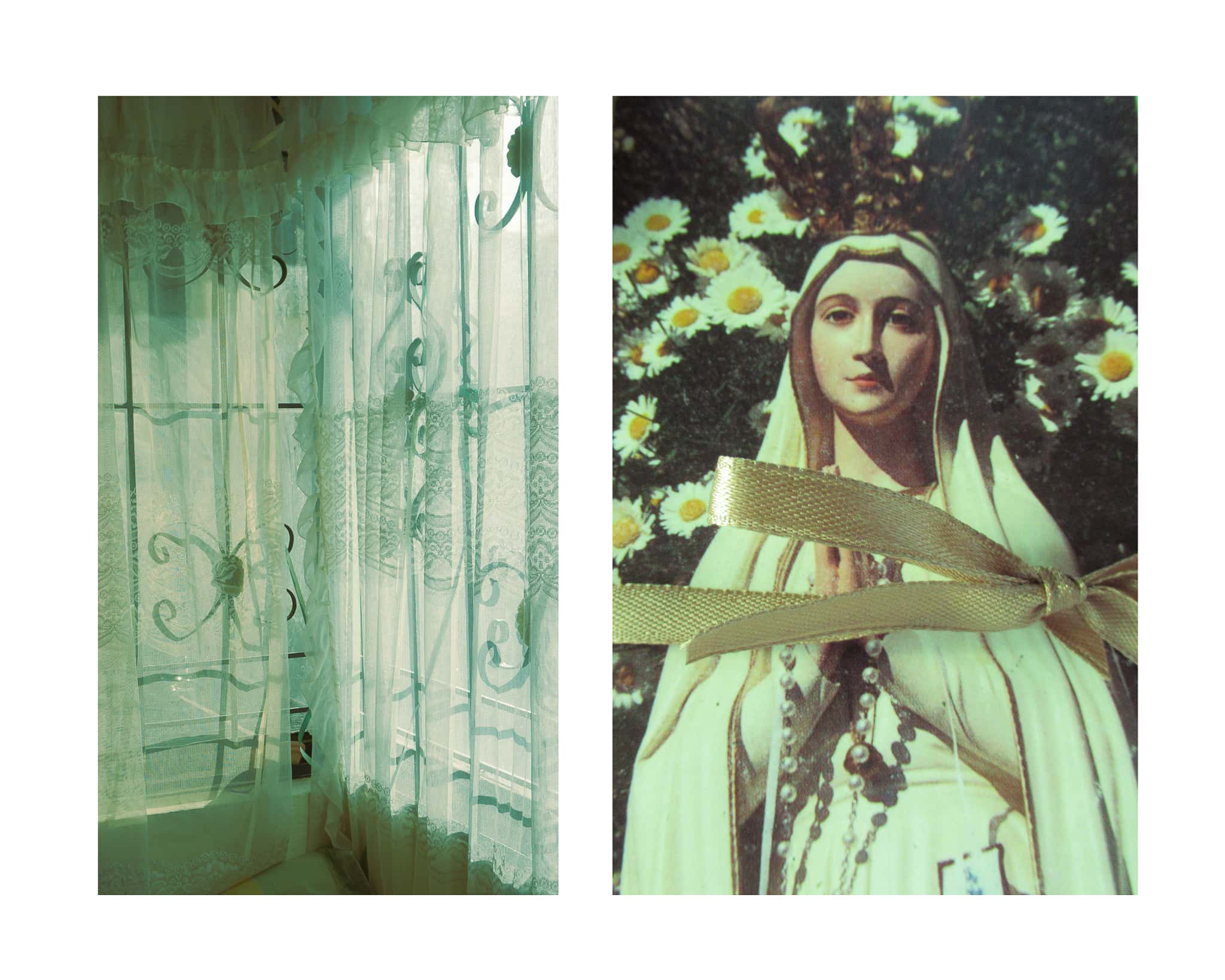
“My mother’s room has its beauty, it is a green imaginary. The stamps, the saints, and the virgins accompany her, surround her. Three generations of women got up to pray before her, she tells me that she was born with Catholicism and with submission; but that she transgressed. La Madre Dolorosa is a series tinted green, where my mother tells me how her perception of her abortion surpasses the specters of religious tradition. “
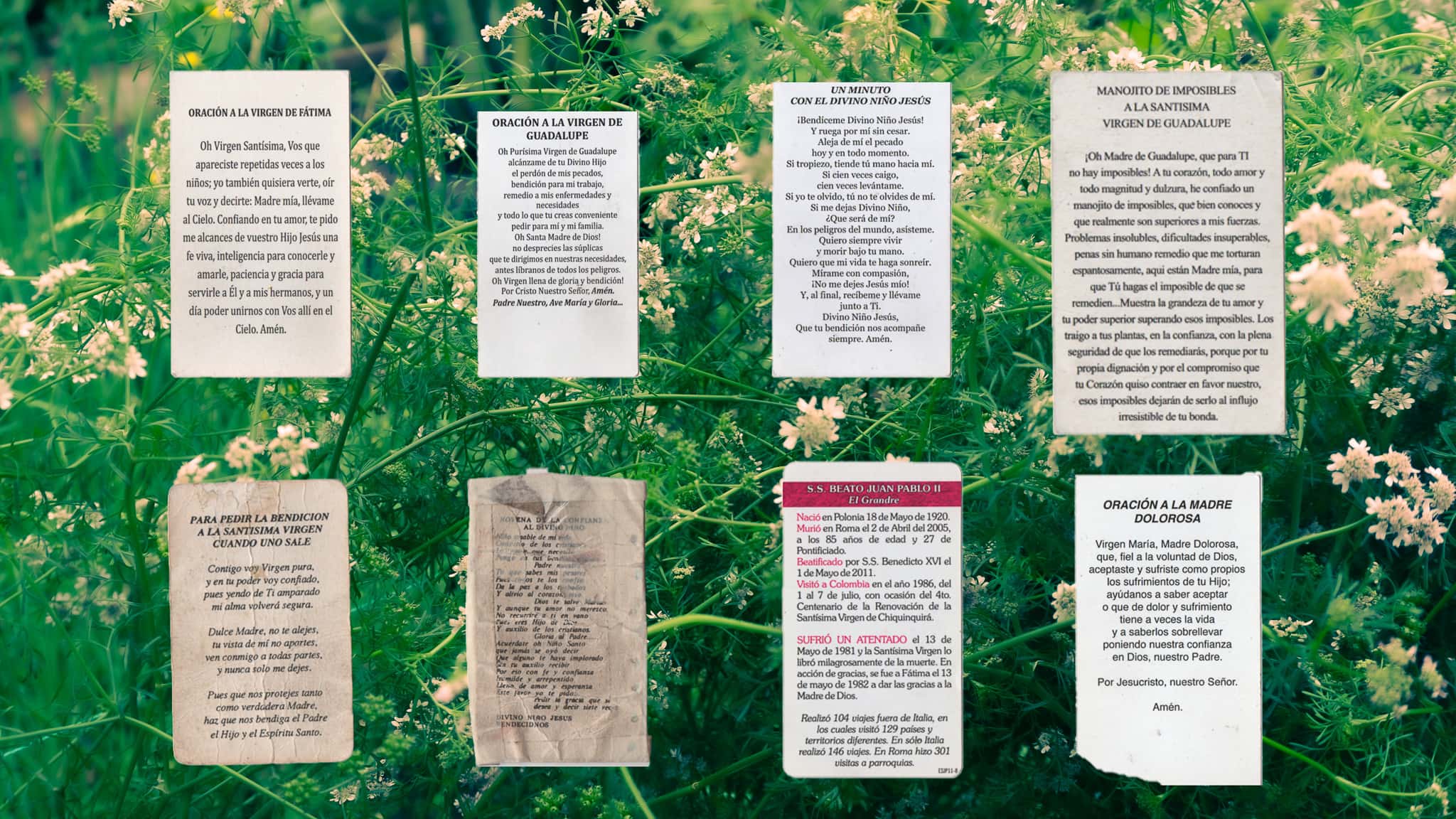
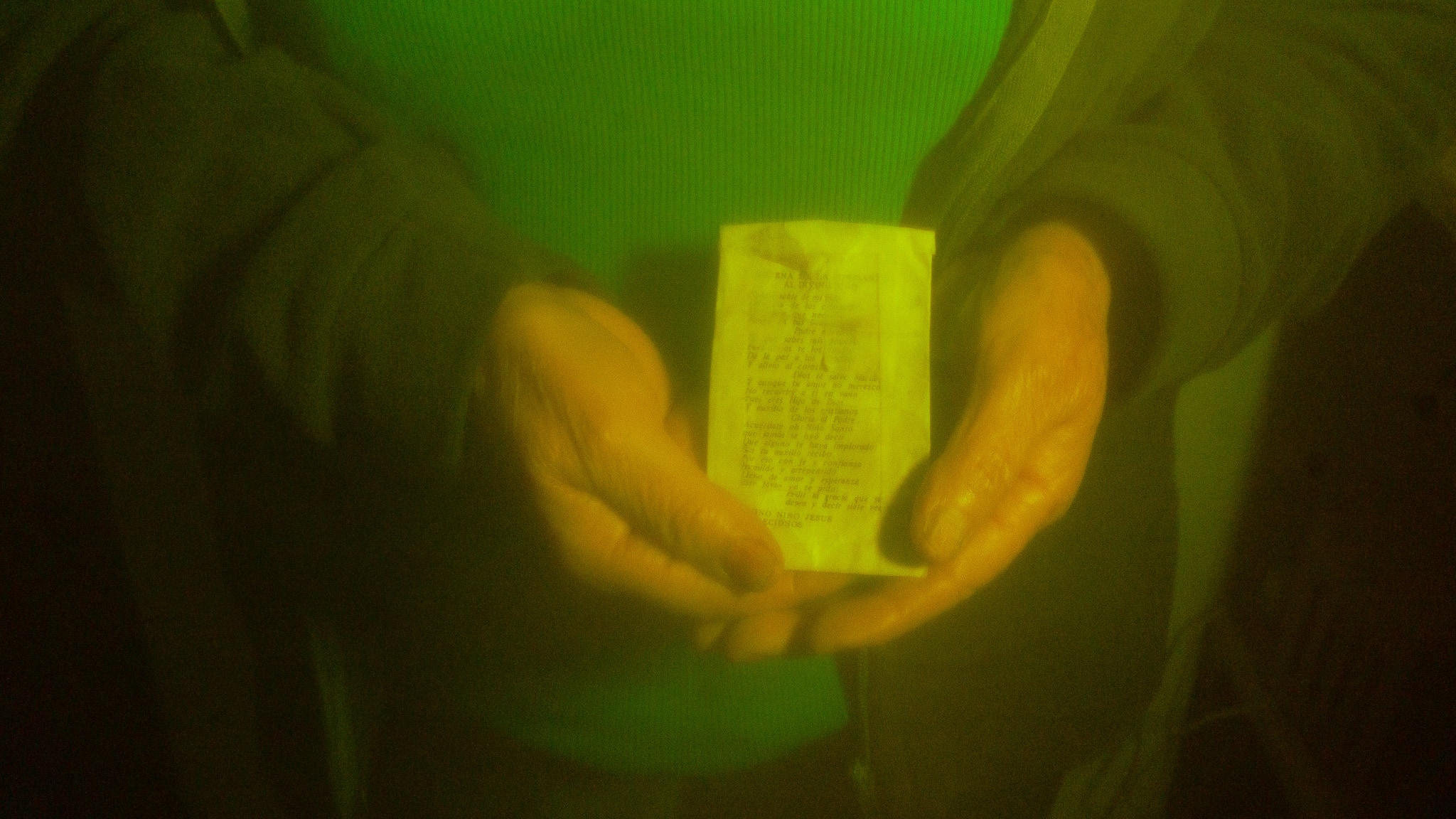
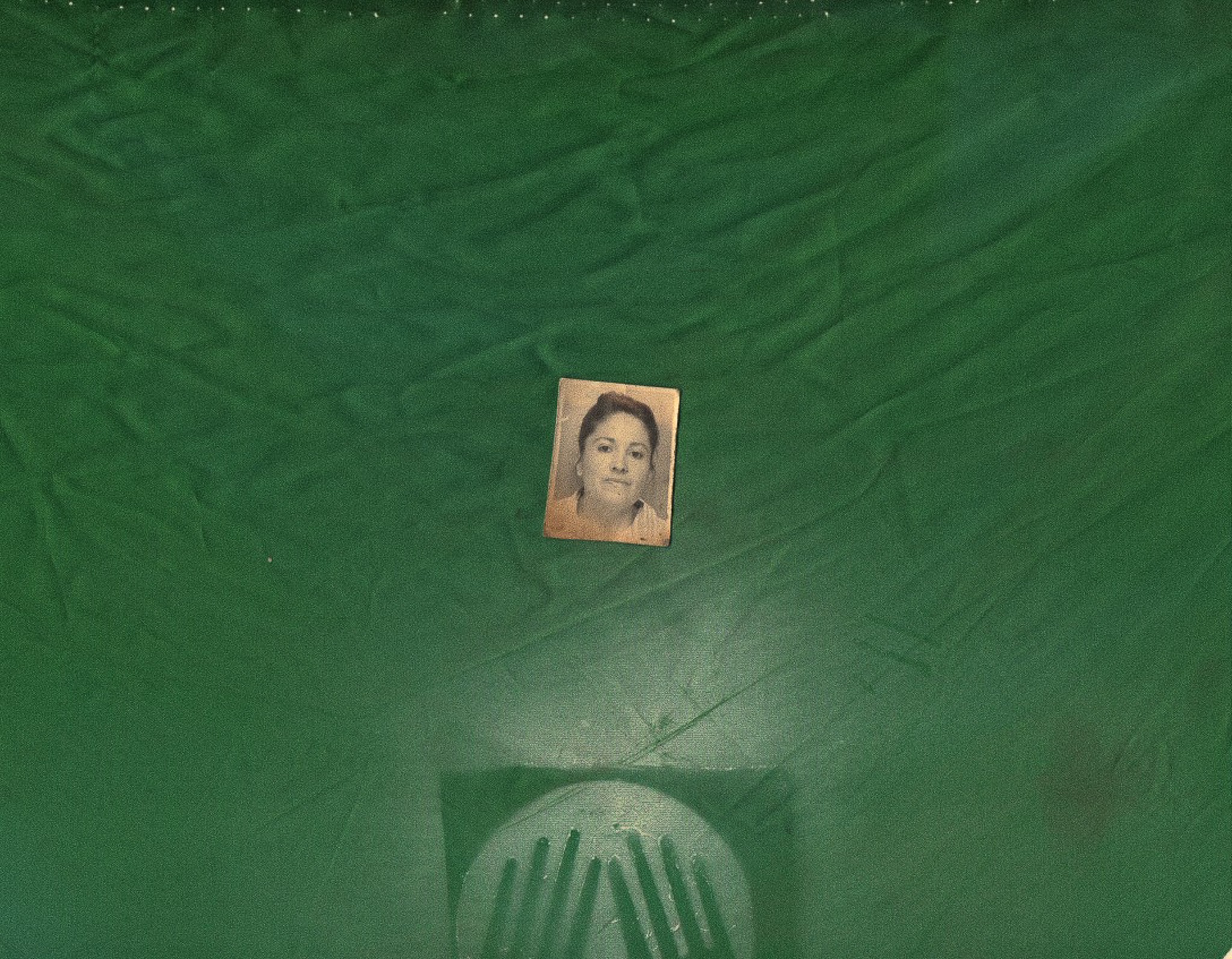
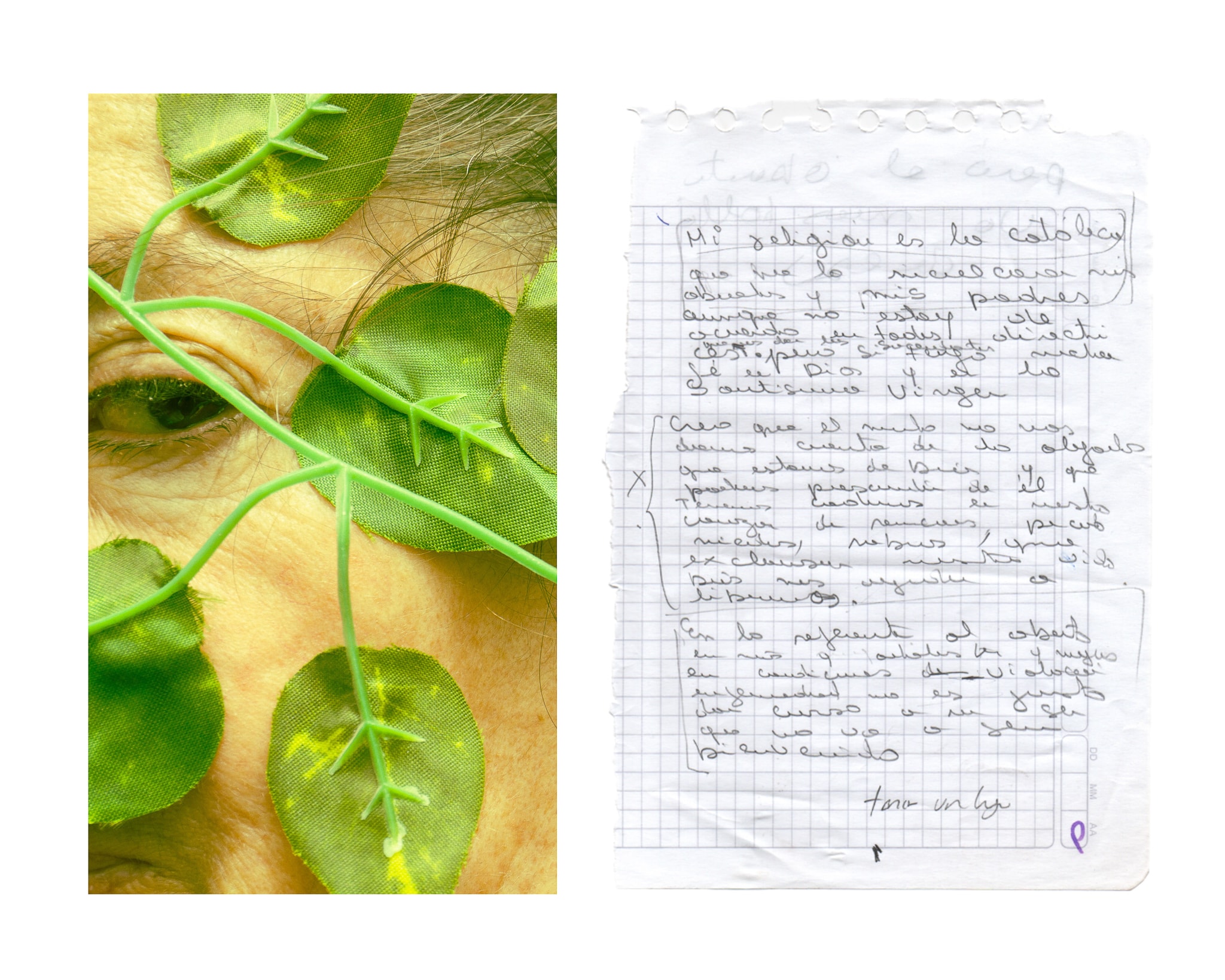
Mercedes Cotolí – Misiones, Argentina
She was trained as an Image and Sound Designer (University of Buenos Aires). She attended clinics with Adriana Lestido, Valeria Bellusci, Juanita Escobar, and Shen Wei. She teaches photography at School 394, in Misiones and in 2019 she obtained the Training Grant from the National Endowment for the Arts (FNA). In 2020, the Barrerito series earned a mention in the FNA’s National Visual Arts Contest and was a finalist in the Sony World Photography Awards and the IWPA. In 2021 it was published in Black and White Photography Magazine.


This work tries to expose the problem that exists today with this vital resource and that they made us believe infinite, but it is also a tribute to them, their dreams and the river ”.





